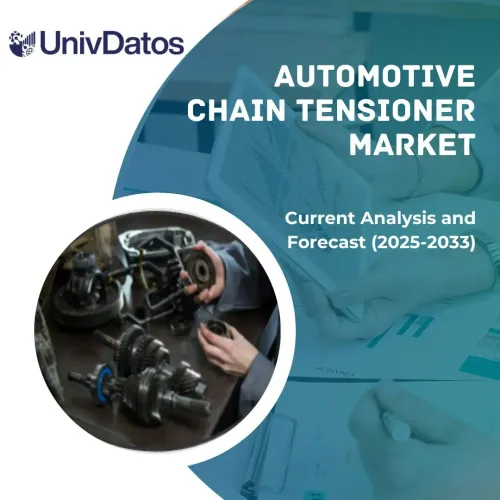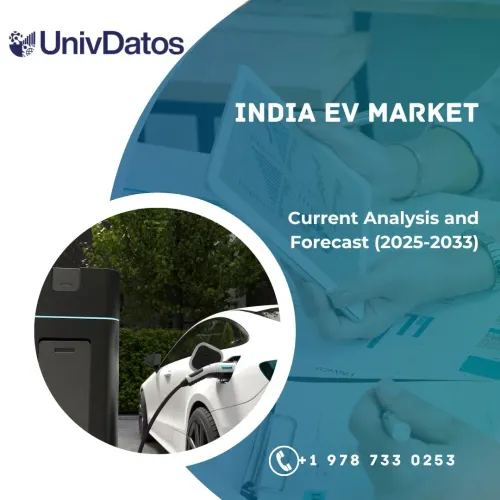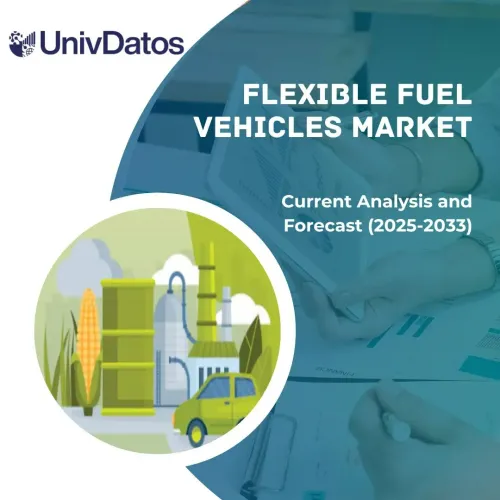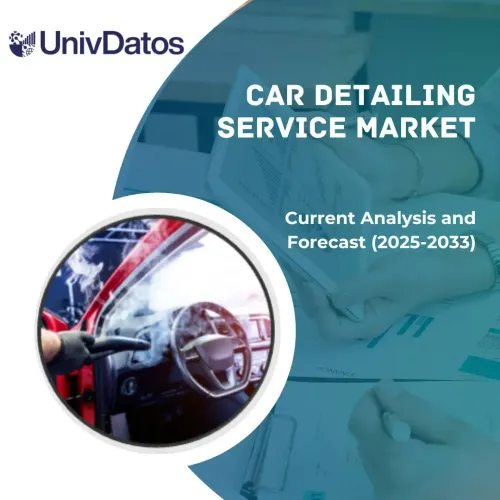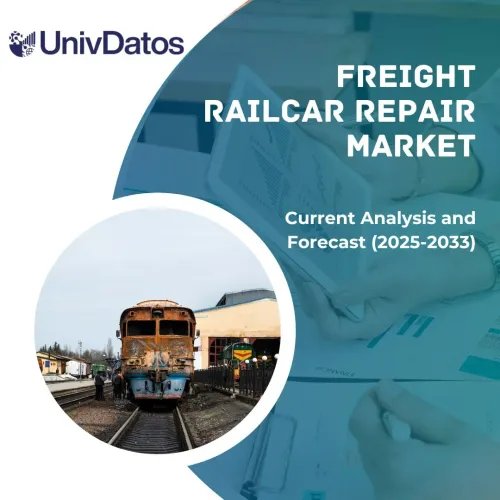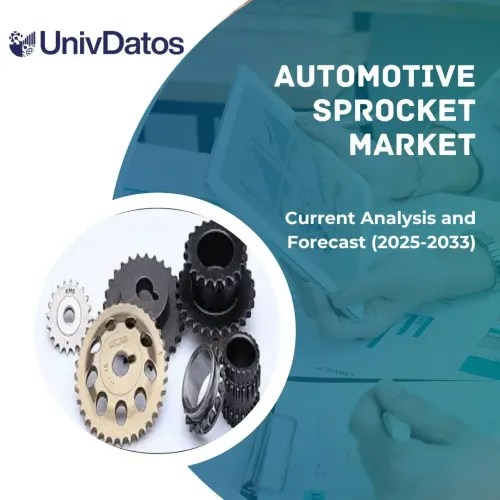- Home
- About Us
- Industry
- Services
- Reading
- Contact Us
Automotive Aftermarket: Current Analysis and Forecast (2022-2028)
Emphasis on Component (Engine Parts {Pistons and piston rings, Engine valves and parts, Fuel injection systems and carburetors, and Powertrain components and others}, Drive Transmission and Steering Parts {Gearboxes, Wheels, Steering systems, Axles, Clutch assembly systems and other parts}, Suspension and Braking Parts {Brake calipers, Brake pads, and Suspension systems}, Equipment {Headlights and & headlight components, Wipers and washer systems, Dashboard instruments, and Other equipment}, Electrical Parts {Starter motors, Spark plugs, Electric ignition systems, Batteries and other parts}, and Other); Distribution Channel (Offline Distribution Channel, Online Distribution Channel); and Region/Country

The global automotive aftermarket is expected to grow at a significant rate of around 5% during the forecast period. The automotive aftermarket provides various services with a choice over how to repair, maintain and service their vehicles. The automotive aftermarket is the secondary market of the automotive sector, concerned about the assembling, remanufacturing, distribution, retailing, and installation of all vehicle parts, chemicals, and extra equipment, after the offer of the automobile by the original equipment manufacturer (OEM) to the customer. Additionally, services such as the replacement of vehicle parts, repair, and maintenance of a vehicle are also part of the automotive aftermarket industry. These all services are boosting the market growth during the forecast period. For instance, Certified Automotive Parts Association (CAPA), offers test programs to verify and guarantee the quality and suitability of automotive replacement parts. Certified parts are cost-effective alternatives to costly genuine parts.
Continental AG, ZF Friedrichshafen AG, Dana Inc., Robert Bosch GmbH, Valeo SA, Tenneco Inc., Meritor Inc., AISIN SEIKI Co. Ltd., DENSO CORPORATION, HELLA GmbH & Co. KGaA. are some of the key players in the market. Several M&As along with partnerships have been undertaken by these players to facilitate customers with hi-tech and innovative products/technologies.
Insights Presented in the Report
“Amongst component, equipment category to witness robust CAGR during the forecast period”
Based on component, the market is segmented into engine parts, drive transmission and steering parts, suspension and braking parts, equipment, electrical parts, and others. Among these, the equipment category to witness a higher CAGR during the forecast period owing to the strong automotive industry of developing nations such as China, India, and Brazil, among others. Furthermore, because of the strict government regulations and policies regarding vehicular emissions and the surge in the number of vehicles in operation (VIO) across the globe propel the market growth during the forecast period. Additionally, key stakeholders are concentrating on launching new features & services with enhanced features in order to increase sales and strengthen their position in the highly competitive automotive aftermarket. For instance, in December 2019, BorgWarner Inc. announced the portfolio expansion of its original-aftermarket products. In January 2020, the company became the exclusive aftermarket distributor of Beru glow plugs, glow plug controllers, and ignition coils.
“Amongst distribution channel, the online distribution channel to hold a significant share in the market in 2020”
On the basis of distribution channel, the market is categorized into offline distribution channel and online distribution channel. Among these, the online distribution channel holds a significant share in the market during the forecast period. This is mainly due to the growing availability of products such as gearboxes, wheels, steering systems, axles, clutch assembly systems, and other engine parts on the online platforms is expected to drive the market growth at an exponential rate during the forecast period. Moreover, the rapid advancements in the quality of automobiles, rising vehicle manufacturing, and the increasing incorporation of technologically advanced components in the automobile sector. For instance, according to the Society of Indian Automobile Manufacturers (SIAM), around 3,424,564 passenger vehicles and 756,725 commercial vehicles were manufactured in 2019-20.
“APAC to hold the fastest growth rate in the market”
APAC grabbed the leading market share of the global automotive aftermarket during the forecast period. This is mainly attributed to the increasing recreational expenditure and the rising demand for vehicles globally. Moreover, rising penetration of parts manufacturers, low cost of production, and increasing accidents will further open opportunities for aftermarket parts & services, the presence of a large pool of skilled & semi-skilled workforce, and cost-effective manufacturing in countries like India and China along with the presence of a vast number of automobile manufacturing businesses and OEMs in the region is further expected to drive the market. In addition, China is considered the largest producer and seller of automotive aftermarket products. For instance, as per the China Passenger Car Association, 2.53 million luxury vehicles were sold in China in 2020, an increase of 14.7% compared to 2019, this represented a 13% market share among total passenger vehicles sold in the country. Hence these factors are further contributing to the growth of the market.
Reasons to buy this report:
- The study includes market sizing and forecasting analysis validated by authenticated key industry experts.
- The report presents a quick review of overall industry performance at one glance.
- The report covers an in-depth analysis of prominent industry peers with a primary focus on key business financials, product portfolios, expansion strategies, and recent developments.
- Detailed examination of drivers, restraints, key trends, and opportunities prevailing in the industry.
- The study comprehensively covers the market across different segments.
- Deep dive regional level analysis of the industry.
Customization Options:
The global automotive aftermarket can further be customized as per the requirement or any other market segment. Besides this, UMI understands that you may have your own business needs, hence feel free to connect with us to get a report that completely suits your requirements.
Table of Content
Research Methodology for the Automotive Aftermarket Analysis (2022-2028)
Analyzing the historical market, estimating the current market, and forecasting the future market of the global automotive aftermarket were the three major steps undertaken to create and analyze the adoption of automotive aftermarkets in major regions globally. Exhaustive secondary research was conducted to collect the historical market numbers and estimate the current market size. Secondly, to validate these insights, numerous findings and assumptions were taken into consideration. Moreover, exhaustive primary interviews were also conducted, with industry experts across the value chain of the global automotive aftermarket. Post assumption and validation of market numbers through primary interviews, we employed a top-down/bottom-up approach to forecasting the complete market size. Thereafter, market breakdown and data triangulation methods were adopted to estimate and analyze the market size of segments and sub-segments of the industry pertains to. Detailed methodology is explained below:
Analysis of Historical Market Size
Step 1: In-Depth Study of Secondary Sources:
Detail secondary study was conducted to obtain the historical market size of the automotive aftermarket through company internal sources such as annual reports & financial statements, performance presentations, press releases, etc., and external sources including journals, news & articles, government publications, competitor publications, sector reports, third-party database, and other credible publications.
Step 2: Market Segmentation:
After obtaining the historical market size of the automotive aftermarket, we conducted a detailed secondary analysis to gather historical market insights and share for different segments & sub-segments for major regions. Major segments are included in the report as component and distribution channel. Further country-level analyses were conducted to evaluate the overall adoption of testing models in that region.
Step 3: Factor Analysis:
After acquiring the historical market size of different segments and sub-segments, we conducted a detailed factor analysis to estimate the current market size of the automotive aftermarket. Further, we conducted factor analysis using dependent and independent variables such as various component and distribution channels of automotive aftermarkets. A thorough analysis was conducted for demand and supply-side scenarios considering top partnerships, mergers and acquisitions, business expansion, and product launches in the automotive aftermarket sector across the globe.
Current Market Size Estimate & Forecast
Current Market Sizing: Based on actionable insights from the above 3 steps, we arrived at the current market size, key players in the global automotive aftermarket, and market shares of the segments. All the required percentage shares split, and market breakdowns were determined using the above-mentioned secondary approach and were verified through primary interviews.
Estimation & Forecasting: For market estimation and forecast, weights were assigned to different factors including drivers & trends, restraints, and opportunities available for the stakeholders. After analyzing these factors, relevant forecasting techniques i.e., the top-down/bottom-up approach were applied to arrive at the market forecast for 2028 for different segments and sub-segments across the major markets globally. The research methodology adopted to estimate the market size encompasses:
- The industry’s market size, in terms of revenue (USD) and the adoption rate of the automotive aftermarket across the major markets domestically
- All percentage shares, splits, and breakdowns of market segments and sub-segments
- Key players in the global automotive aftermarket in terms of products offered. Also, the growth strategies adopted by these players to compete in the fast-growing market
Market Size and Share Validation
Primary Research: In-depth interviews were conducted with the Key Opinion Leaders (KOLs) including Top Level Executives (CXO/VPs, Sales Head, Marketing Head, Operational Head, Regional Head, Country Head, etc.) across major regions. Primary research findings were then summarized, and statistical analysis was performed to prove the stated hypothesis. Inputs from primary research were consolidated with secondary findings, hence turning information into actionable insights.
Split of Primary Participants in Different Regions
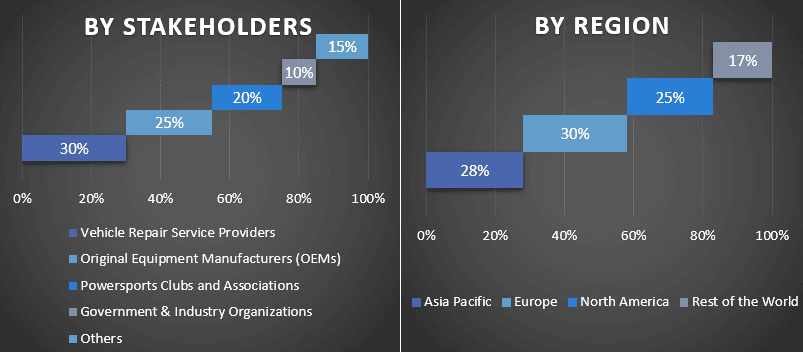
Market Engineering
The data triangulation technique was employed to complete the overall market estimation and to arrive at precise statistical numbers for each segment and sub-segment of the global automotive aftermarket. Data was split into several segments & sub-segments post studying various parameters and trends in the areas of component and distribution channel in the global automotive aftermarket.
The main objective of the Global Automotive Aftermarket Study
The current & future market trends of the global automotive aftermarket were pinpointed in the study. Investors can gain strategic insights to base their discretion for investments on the qualitative and quantitative analysis performed in the study. Current and future market trends determined the overall attractiveness of the market at a regional level, providing a platform for the industrial participant to exploit the untapped market to benefit from a first-mover advantage. Other quantitative goals of the studies include:
- Analyze the current and forecast market size of the automotive aftermarket in terms of value (USD). Also, analyze the current and forecast market size of different segments and sub-segments
- Segments in the study include areas of component and distribution channel.
- Define and analysis of the regulatory framework for the automotive aftermarket
- Analyze the value chain involved with the presence of various intermediaries, along with analyzing customer and competitor behaviors of the industry.
- Analyze the current and forecast market size of the automotive aftermarket for the major region.
- Major countries of regions studied in the report include Asia Pacific, Europe, North America, and the Rest of the World.
- Company profiles of the automotive aftermarket and the growth strategies adopted by the market players to sustain in the fast-growing market
- Deep dive regional level analysis of the industry
Related Reports
Customers who bought this item also bought

